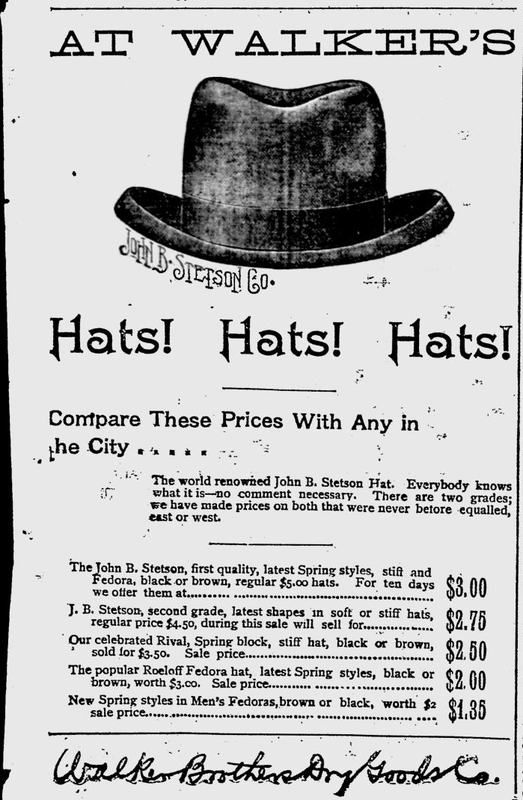- Messages
- 17,716
- Location
- Maryland
Fedora is an American hat term from the late 1800s. Men's Fedoras were similsr to Homburgs (an Anglo hat term from about the same time period). I am not sure when Snap Brim soft felt hats started bring called Fedora but it was later (60s? 70s?). As I mentioned previously check out the threads started by RLK / Robert on the origin / evolution of the Fedora. Also I suggest taking Alan's advice and checking out the Homburg and Bowler threads. Also some of the views on this thread are heavily American / Anglo biased.
Last edited:





